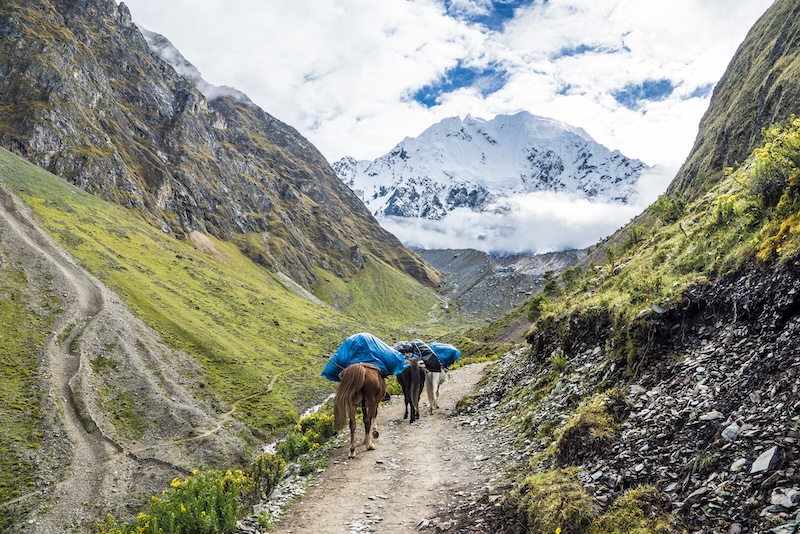- About Us
- Destinations
- Cusco
- Cusco City Tour (Half Day)
- Humantay Lake (Full Day)
- Rainbow Mountain Tour – Vinicunca (Full Day)
- Rainbow Mountain Tour – Palccoyo (Full Day)
- Sacred Valley Tour (Full Day)
- Sacred Valley Tour from Ollantaytambo to Cusco (Full Day)
- Sacred Valley with Maras Moray (Full Day)
- Maras & Moray Tours
- South Valley Tour Cusco (Half Day)
- Q’eswachaka Bridge Tour (Full Day)
- Waqrapukara Hike (Full Day)
- Machu Picchu
- Puno
- Manu
- Manu National Park Peru Tour (2 Days)
- Manu Ecological Adventure (3 Days)
- Manu Amazon Rainforest Peru Tour (4 Days)
- Manu Rainforest Tour (4 Days)
- Manu National Park (5 Days)
- Pyramids of Paratoari (5 Days)
- Manu Reserved Zone Tour (5 Days)
- Manu Reserved Zone Tour (6 Days)
- Manu Reserved Zone Tours (7 Days)
- Manu Reserve Zone Tours – Tambo Blanquillo Lodge 7D/6N
- Tambopata
- Bolivia
- Iquitos
- Cusco
- Blogs
- Treks & Trails
- Package Tour
- Contact Us








